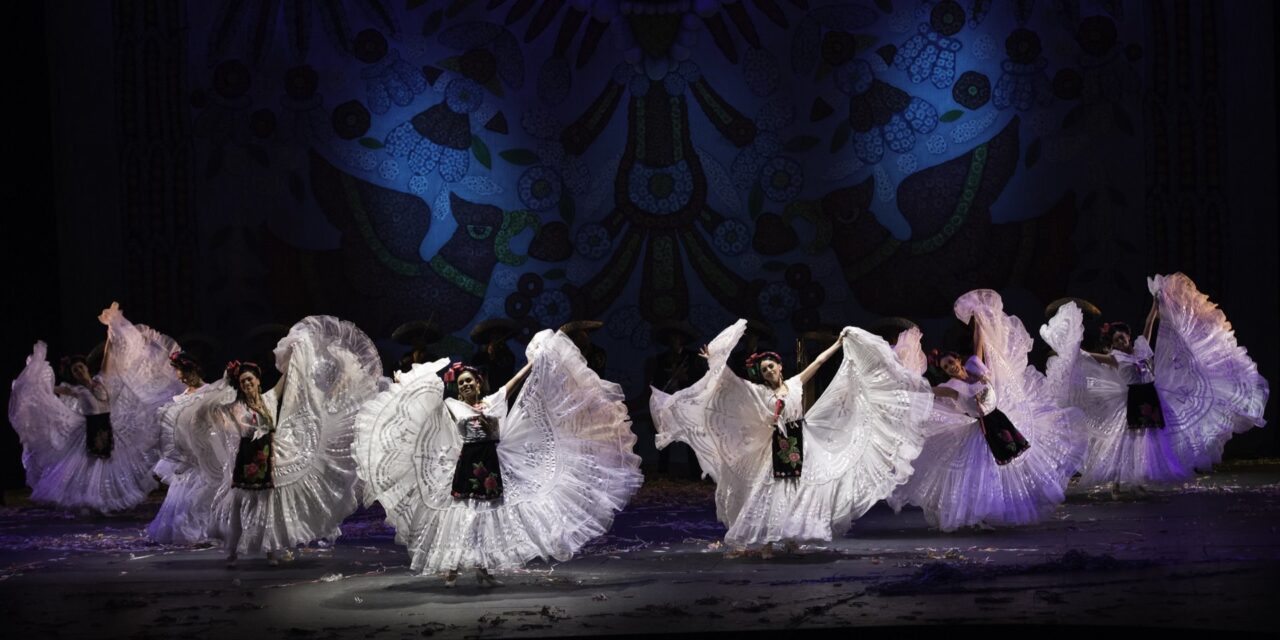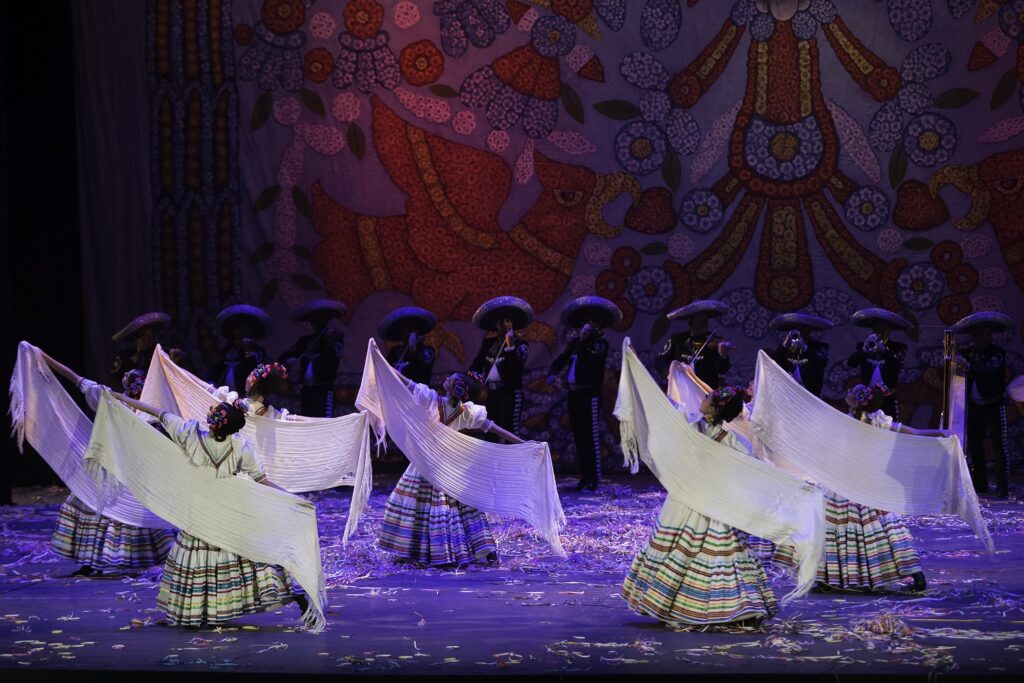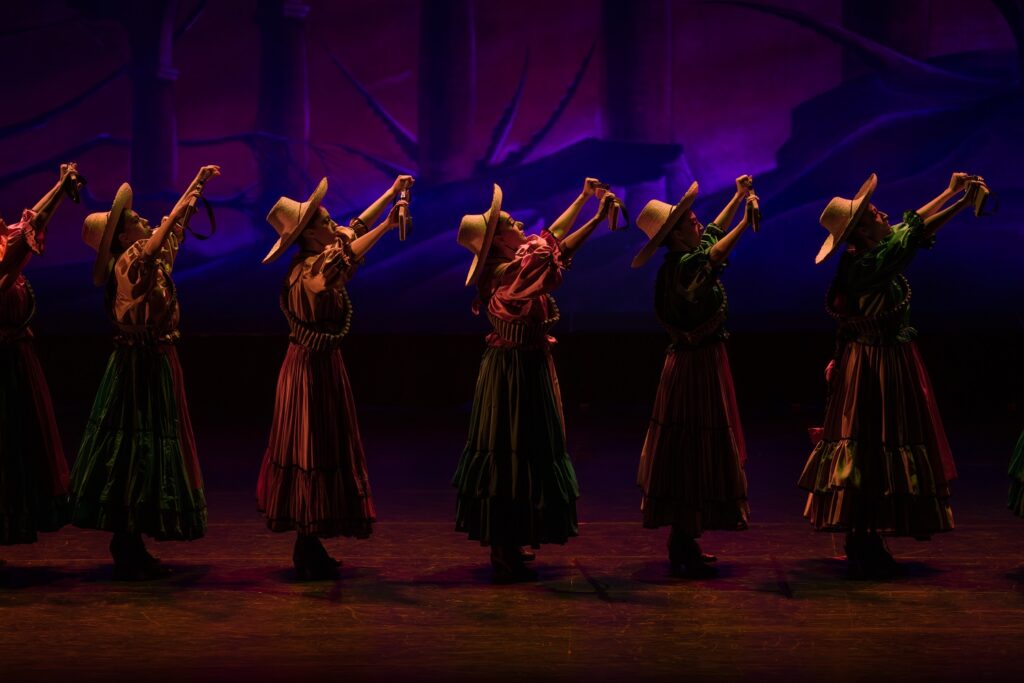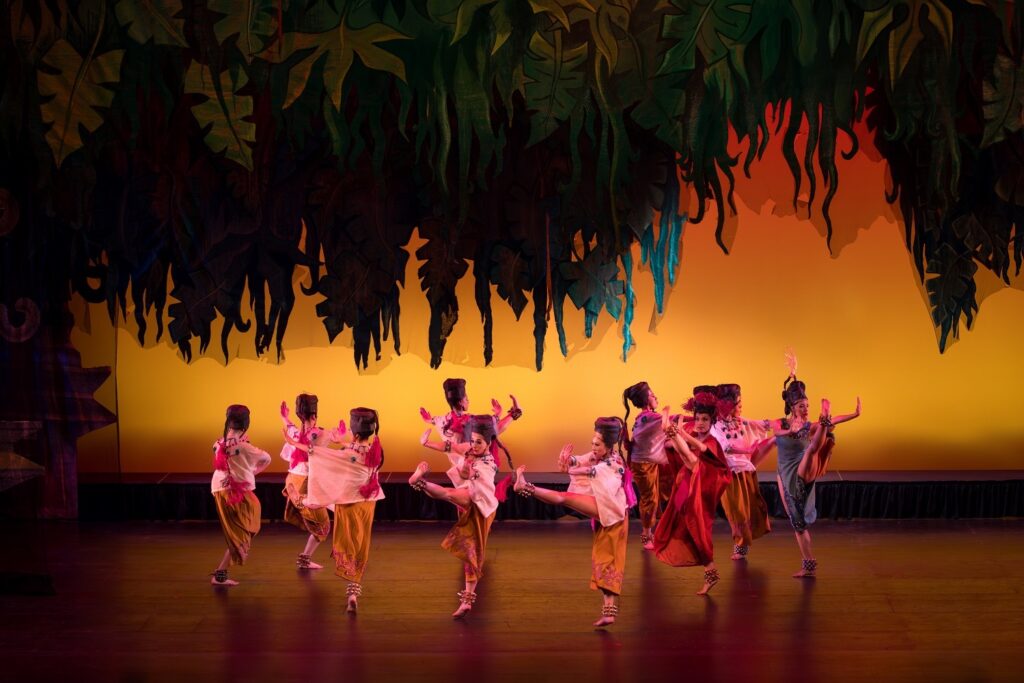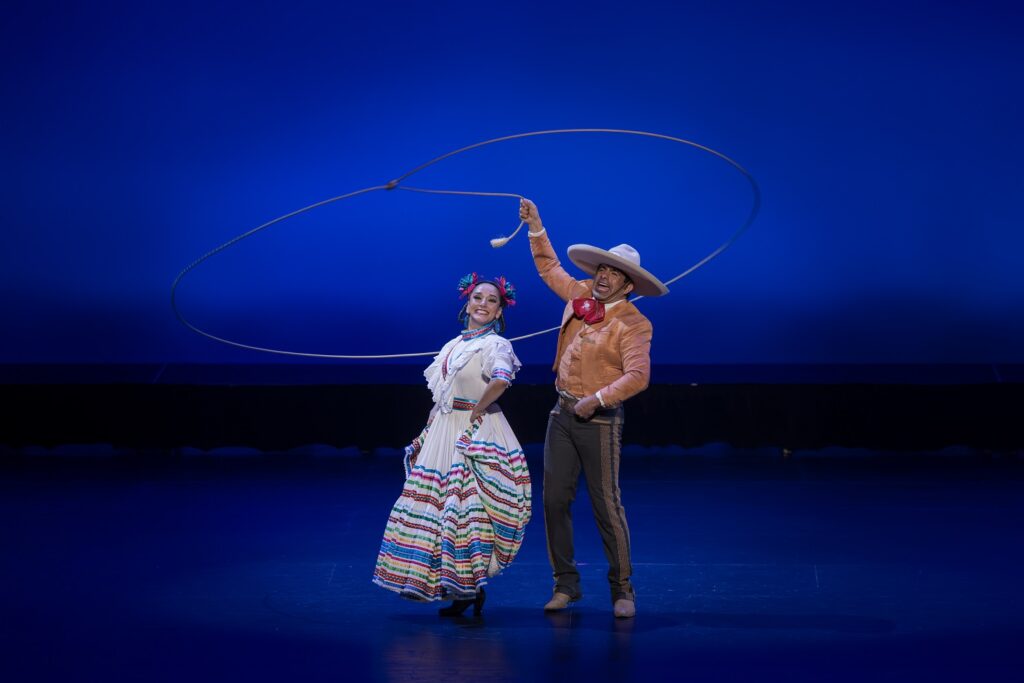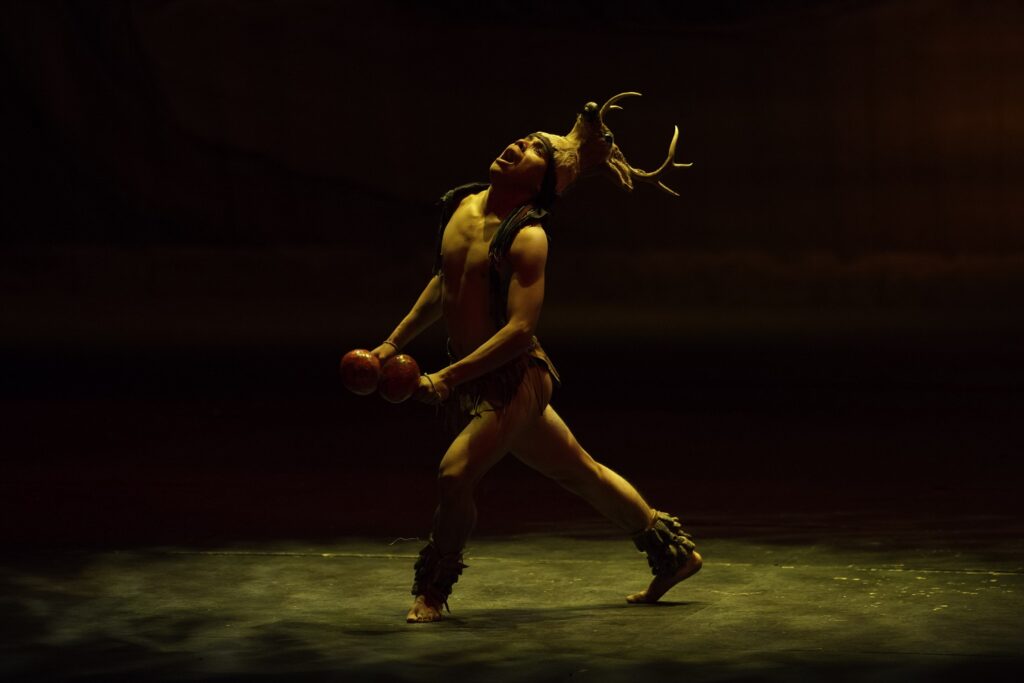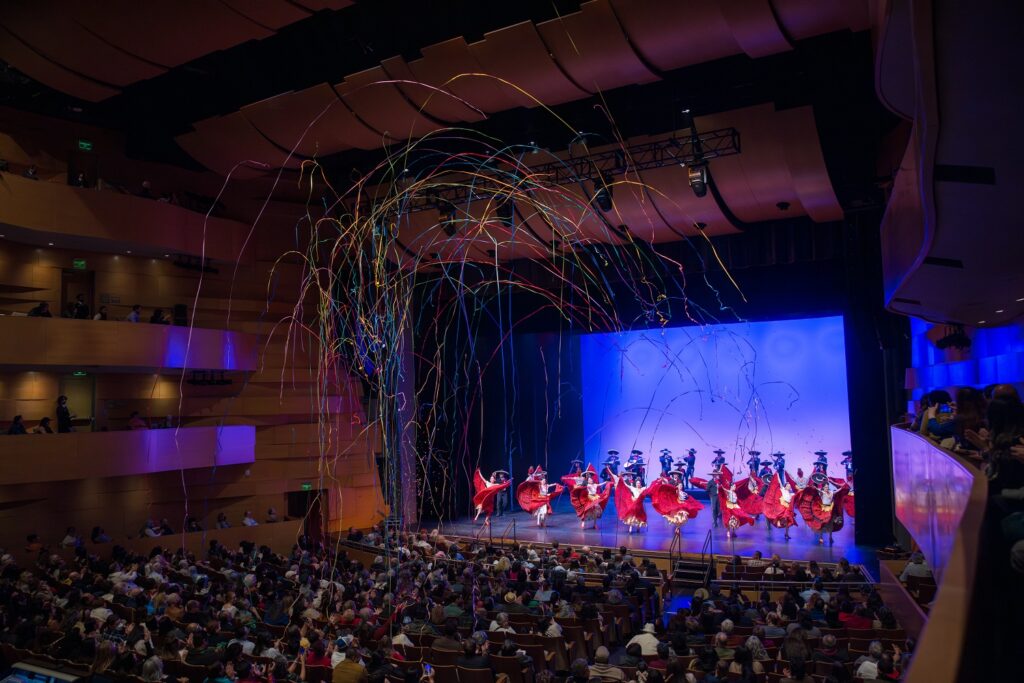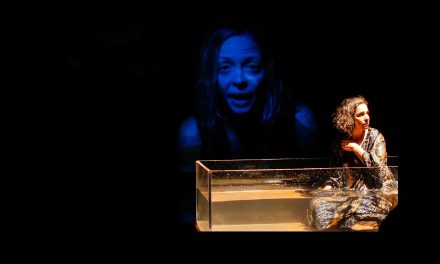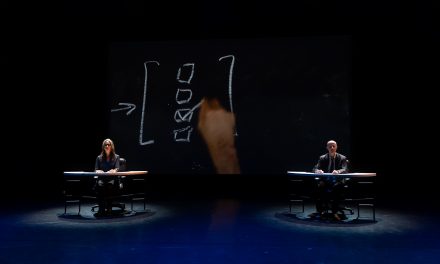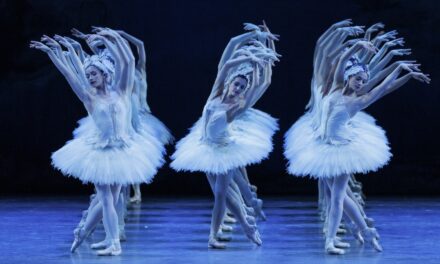Ballet Folklórico de México de Amalia Hernández made its debut at The Younes and Soraya Nazarian Center for the Performing Arts on March 14. The company will be performing at Segerstrom Center For The Arts, Costa Mesa on March 22 and Balboa Theatre, La Jolla on March 23. It is well worth the time and drive from Los Angeles to see this remarkable company.
Thanks to technology and the phenomenal outreach under the leadership of Anthony Cantrell, Ph.D., Director of Arts Education at California State University, Northridge, thousands of children throughout the metropolitan Los Angeles area, attended special student performances, the evening and matinee performances or attended the concert virtually. This performance, showcasing Mexico’s regional beauty through mariachi, folkloric dances and traditional arts reminds us all that…
“The arts and humanities define who we are as a people.
That is their power—to remind us of what we each have to offer, and what we all have in common.
To help us understand our history and imagine our future.
To give us hope in the moments of struggle and to bring us together when nothing else will.”
—-Michelle Obama, First Lady of the United States of America, 2009 – 2017
The company, founded in 1952 by the then 35-year-old dancer/choreographer, Amalia Hernández, became a global ambassador for Mexican culture. The performances, March 14 -15 are part of The Soraya’s 10th annual Hecho en Las Américas Series, which highlights Latin American artists and audiences worldwide. The Company is currently under the direction of Amalia’s grandson, Salvador Lopez and her youngest daughter, Viviana Basanta Hernández.
The concert opened with a lush overture that filled the auditorium and set the stage for the exuberant, fast paced, presentation that was to follow. As the overture ended the stage filled with a chorus of men in perfect unison, walking proudly with elaborate headdresses. The dancers were very solemn, committed, and focused appearing to be led by their hearts. The movements were sharp and angular, and the set was reminiscent of a religious celebration.
Transitions throughout the evening seemed to occur magically. Guerrero began and the mood, music, and stage was totally transformed. The Mariachi that played added another element to the dance. The dancers were stunning as they happily moved across the stage with boundless energy, bright smiles, and quick steps. Each soloist demonstrated technical prowess as they skipped and twirled punctuating their turns and movements with their beautiful skirts. There was a wonderful trio (two young men and a young woman) that embodied sheer joy with movement phrases done in perfect unison. Two women in hats with magnificent costumes started a section that quickly grew to include eight dancers constantly moving and clearly connecting with one another.
Another transition and men are swiftly turning in perfect unison with scarves in one hand being twirled in a circle. Women enter and they too have the small scarves. The speed with which they are moving is amazing and punctuated with subtle shakes of their shoulders. The movements and music become one as the tempo changes. The men somehow do dive rolls over one another while the women continue dancing. Everyone is moving so fast and furious yet the precision with which they all flick their scarves throughout the dance is exciting and fun.
The speed with which the set changes, the lights change, and the entire mood changes is mind boggling. La Revolucion left me speechless. The women, in solid colors poised with rifles pointed and bullets across their chest , the epitome of strength and determination. Sixteen women moving as one making a statement. Once again moving in perfect unison and changing formations as they covered the stage ending the dance in a touching silhouette.
Charreada thrust us onto a ranch with one of the male dancers doing rope tricks. He was a crowd pleaser making magic with his rope encircling his entire body, stepping in and out of the huge lasso he created. As if that wasn’t exciting enough, a beautiful woman stepped into his rope and then an entire chorus of men and women filled the stage. Men and women with long scarves, dancing together, spinning and twirling, stopping from time to time to enjoy a kiss behind the scarves. Shouts of “Viva Mexico!” punctuated the exuberant movements. The entire chorus of dancing couples moved around the couple in the center dancing with the rope and to my surprise, the man in the middle never stopped twirling the rope. This fun and fabulous dance of love ended with the couple in the center in the midst of a kiss and the rope finally stops twirling as the lights dim.
The attention to lighting and set design to create eloquent pictures on stage is a constant. It was particularly dramatic in Fiesta en Tlacotalpan. The number opened with two women on a black box, bathed in pools of light, dressed in eloquent lace skirts with brightly colored bows in their hair. In the program notes it is described as “the typical Veracruz costume.” The manner in which the women lift their torsos and arch their backs while turning with their partners is stunning. The men and women exude a regalness that is striking. Tempo changes and six men enter and suddenly they have replaced the women on the boxes. Percussive footwork, resembling flamenco, is performed in perfect unison. As if the tempo cannot possibly get any faster, it increases and the musical percussive footwork by the women and the men is sharp and clean. The men and women exude a joy that is contagious. The dance ends to thunderous applause.
The next two dances were a departure from all of the folklorico previously performed. The movements used quite an array of ballet and modern dance vocabulary. The dancers were costumed to resemble toys. A devil like character appears to be controlling and manipulating the toys. There’s a challenge dance between two grooms and it is clear that the “Devil” character plays an integral role using both “Cupid “ and “Death” to perform this bizarre love story. The “Devil” in the pink unitard moves as if it is void of bones. The phenomenal flexibility demonstrated by the “Devil” gives it an other worldly quality that is eerie. This dance is followed by La Danza Del Venado. According to the program notes it is representative of the state of Sonora and is considered an intangible Cultural Heritage by UNESCO. The score is primarily drums and from the beginning there is a foreboding mood that is created. The man wears the head of a deer and movement is primarily large jumps and smaller nuanced movements characteristic of deer. He truly becomes the deer and the dance ends with his death.
The sadness turns to joy and festivity quickly as the mariachi provide a musical interlude. The voices blend beautifully and the sound is vibrant and celebratory punctuated with shouts of “Viva Mexico!” Each instrument took a solo turn that highlighted the virtuosity and technical prowess of the musicians. What better place to hear this wonderful music than in the Soraya, a state-of-the art concert hall that has hosted award-winning artists from all musical genres.
Fiesta en Jalisco is a feast for the eyes. The men and women are elegantly dressed in red, black and white with yellow accents. From start to finish, fast, swift, sharp footwork done in unison as couples swirl and whirl around the stage. The movement is nonstop, and the men are impeccable as they take their hats off and on in sync, bowing to their partners, pulling them close. The movement of the voluminous skirts is clearly choreographed to match the accents in the music and enhance the picture created during the turns. The number ends with “Viva Mexico!,” hats high in the air and confetti shooting into the audience. This was just the beginning of the end. Loud applause filled the hall as the dancers proudly left the stage and traveled to the aisles where they continued dancing. Each dancer selected an audience member to dance with and uncontrollable laughter and screams of “Viva Mexico!” were throughout the theatre. The dancers returned to the stage to a standing ovation, and I could not stop smiling! In that moment it gave me hope and brought an audience of 1,700 together.
For more information about Ballet Folklórico de México de Amalia Hernández, please visit their website.
For more information about The Younes and Soraya Nazarian Center for the Performing Arts, please visit their website.
Written by Leah Bass-Baylis for LA Dance Chronicle.
Featured image: Ballet Folkórico de México de Amalia Hernández – Photo by Luis Luque, Luque Photography.

